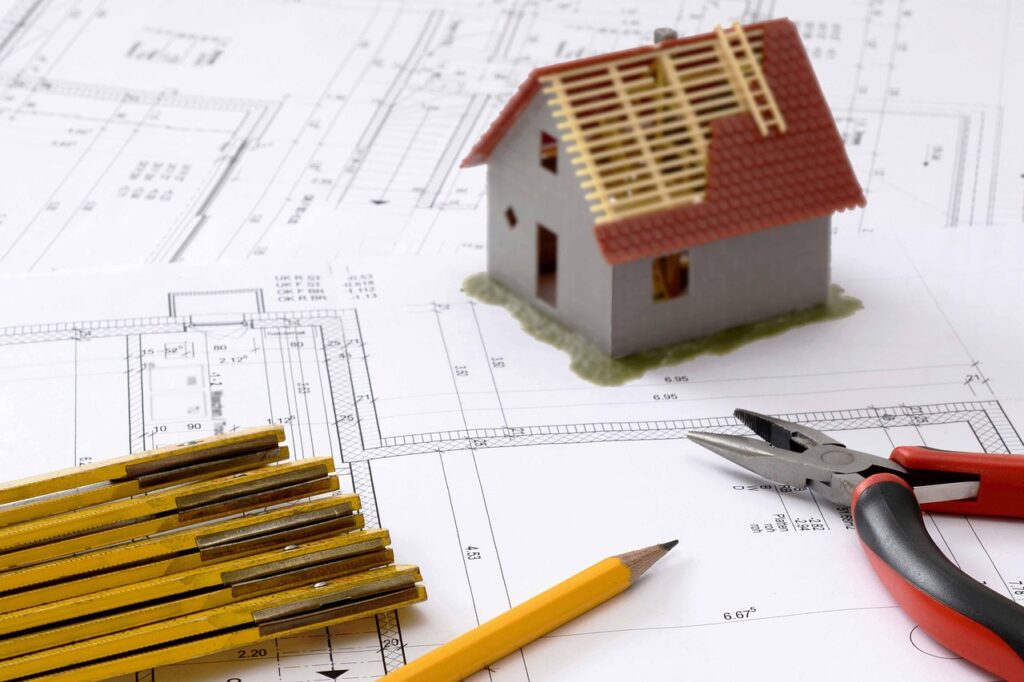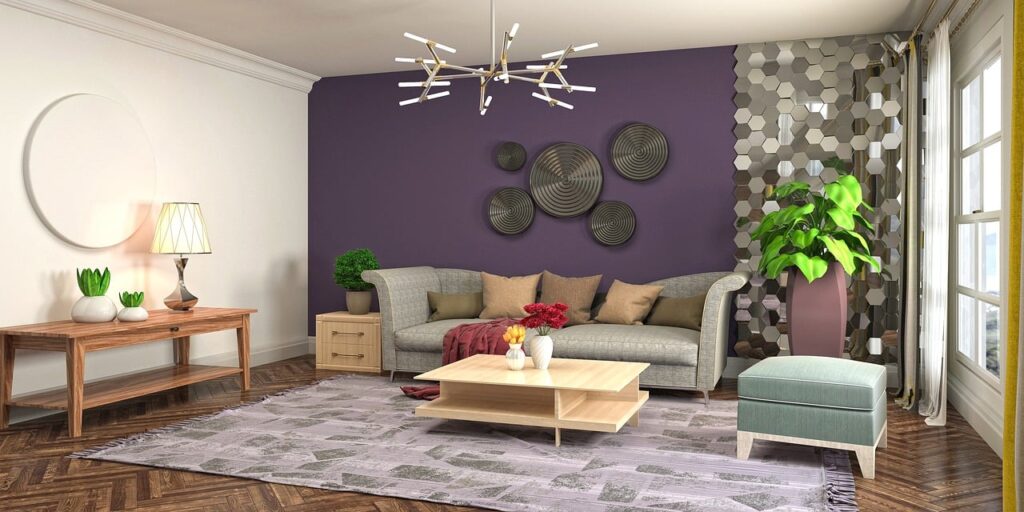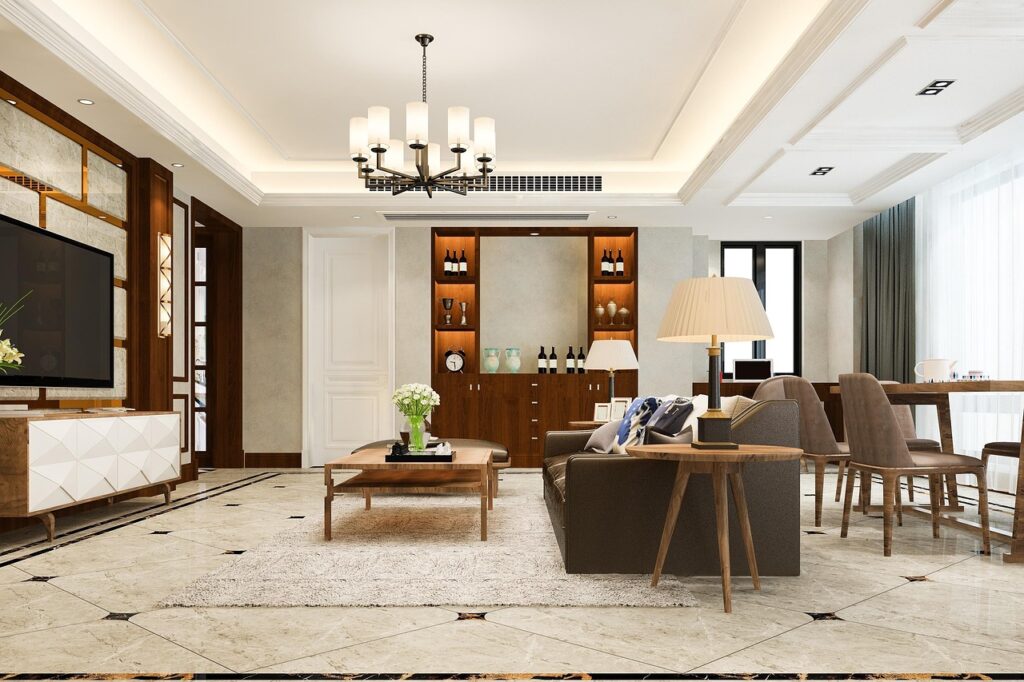
The fall is a swift time of change in Toronto. As the weather turns cold, many folks put off their plans for a new house or big changes. This is a mistake! Working with design build firms in the off-season offers great gains. These unique companies are perfect for any winter project. They bring the whole team—the folks who draw the plans and the crew that builds it—under one roof. This single team works in total sync.
One Team, Clear Talk
The best part of using a design build firms is having just one point of contact. With the old way, you talk to the planner, then the planner talks to the builder, and there are many chances for things to get messed up. With one unified firm, all talk flows through one person.
This keeps your plan solid and stops costly errors. This clear flow is even more helpful in the winter when the weather can cause sudden plan changes. Your team can quickly adjust the build schedule without losing any time.
Faster Permit Approvals
Winter is the slow time for building work in the city. Most folks wait for the spring. This means the city’s permit office has less work on their desks. If you start your project design in the fall, you can get your plans in for approval when the lines are short. You can get your permit much faster than in the busy warm months. This early start means your build can begin sooner. Getting the papers fast is a huge win.
Smooth Work All Year
A big goal for a good firm is to plan the work around the cold. They try to get the large, outside parts done before the major snow hits. For example, they aim to finish the frame and roof so all the rest of the work can move inside.
With an inside job, the crew is safe and warm. They can keep working without a stop for snow or ice. This makes the whole time frame more certain, which is a rare prize in winter building.
Better Crew Access
Since summer is the most hectic time, it can be hard to find a great crew. The best workers get booked up fast. When you start your project in the fall, your design build firms has better access to skilled tradespeople.
Your project gets the best folks with more time to focus on your home. Their full focus means a better outcome for you. Some trades may also charge less for their work in the off-season. This can save you money.
Quality and Cost Control
In a typical build, the planner might draw a plan that costs way too much to build. A single firm keeps cost in mind from the first sketch. Their builder side knows the exact cost of materials and labor. This helps them find ways to save money without making the quality worse.
They are always finding smart solutions for a lower cost. Their experts have full control of the total cost. This means you do not get shocking extra charges later on.
Ready for Renovation? Call Heidan Construction Today
Starting now means you will be ready to move in when the weather is fine. A fall or winter start lets you finish the inside work when the outside is frozen. Then, when the warm air comes back, you are set. You will be able to do your yard work or plant your garden in the nice spring weather.
You can enjoy your brand-new home right when the best part of the year begins. Do not wait. Talk to a great firm like Heidan Construction today and begin your home’s change.



















